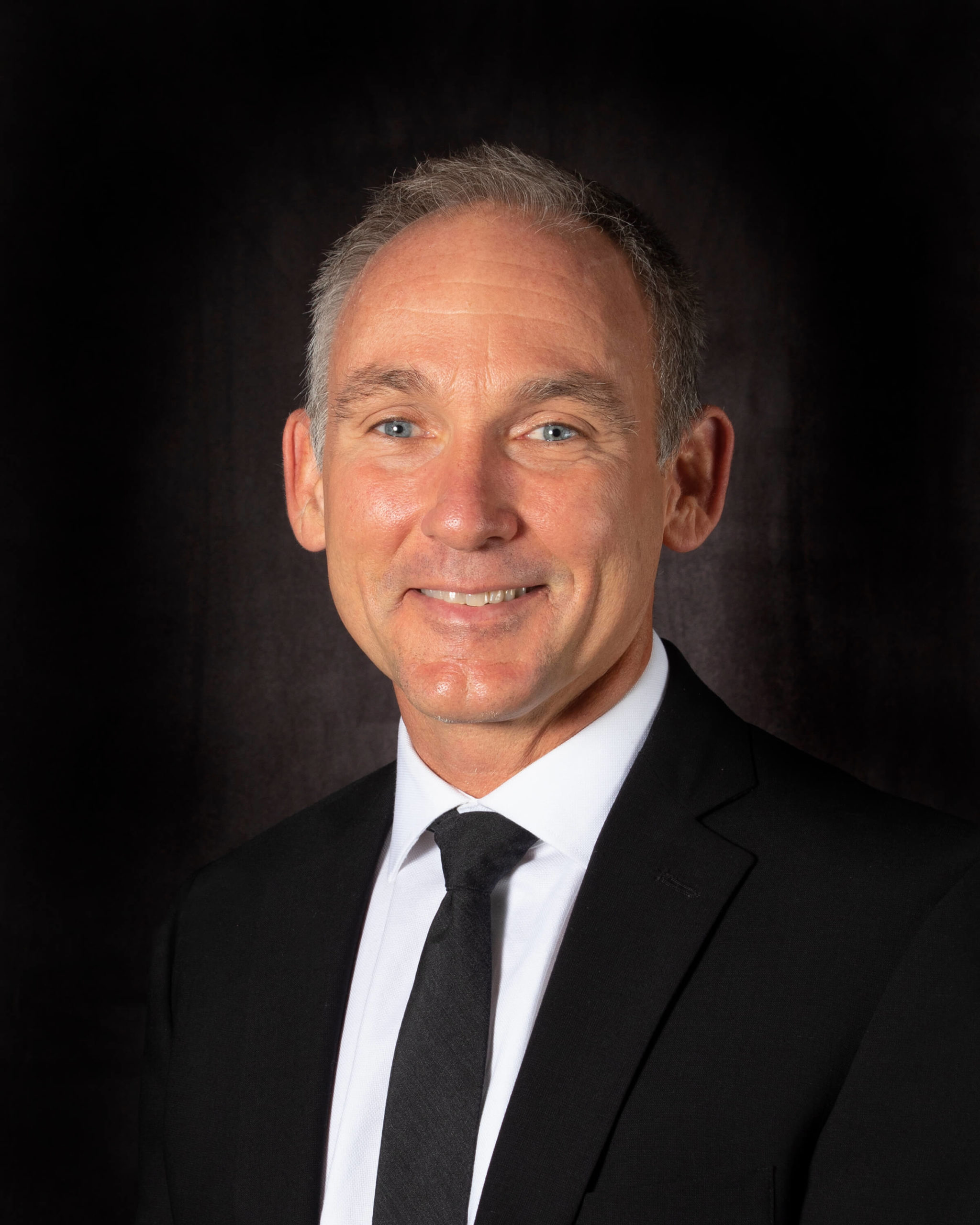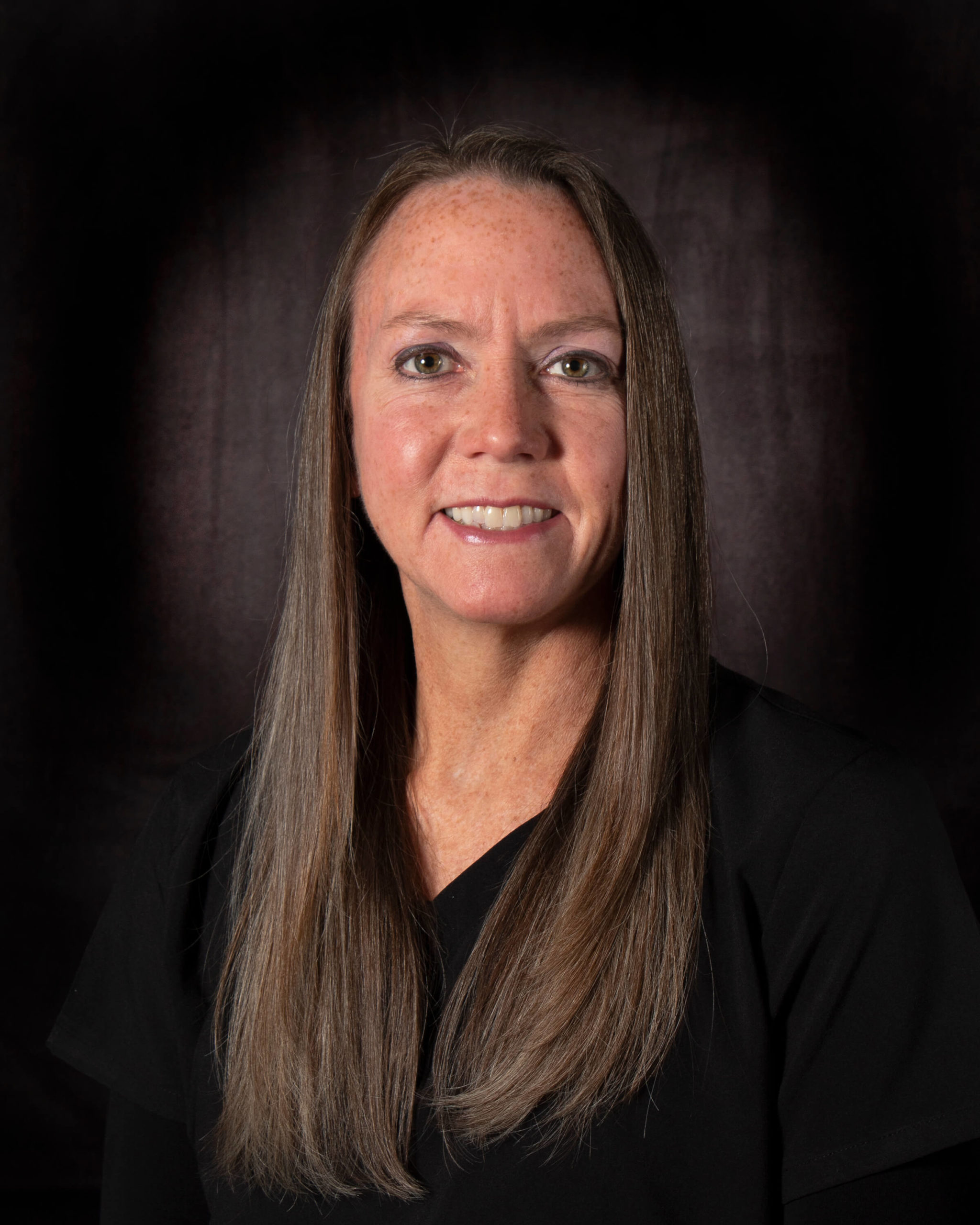At Michigan Vascular, we aim to educate and motivate our patients to drive the best possible clinical results for each individual. This begins with educating patients on expectations about their amputation surgery, postoperative recovery, and rehabilitation and preparation for prosthetic fitting.
After surgery, we actively participate in the rehabilitation process, motivating our patients along the way. Once the amputated (residual) limb has healed, we transition into the prosthetic fitting process and subsequent mobility training. We are here to guide new amputees in positively reforming their life after amputation.
PREOPERATIVE STAGE (CONSULTATION AND EDUCATION)
Whenever possible, Michigan Vascular will meet with patients and their family members prior to amputation surgery. When we meet, we can address questions and concerns and help set expectations. This is vital to prepare for the physical and emotional loss of a limb.
We offer our expertise and compassion starting with our initial meeting and throughout the entire amputee rehabilitation journey. We provide services to patients facing all levels of limb loss, including:
- partial foot
- ankle disarticulation
- below knee (Ertl)
- through knee (Mazet)
- above knee
- hip disarticulation
PERIOPERATIVE STAGE (AROUND THE TIME OF SURGERY)
We are available to work directly with the patient’s surgeon to plan the best possible amputation procedure. When options are available, we can guide patients through their specific options so that they may make on informed decision. However, every patient’s circumstances are unique and at times, there may not be multiple options for amputation level or technique.
POSTOPERATIVE STAGE (RECOVERY FROM AMPUTATION)
Following amputation, patients should expect to receive postoperative education specific to the healing and recovery of their residual limb. Some of the postoperative services that we offer include:
- compression management
- peer visitation
- training on residual limb protection
- fall prevention
We work alongside wound care and therapy team members throughout the rehabilitation process.
PROSTHETIC EVALUATION & FITTING
The prosthetic care process begins with a thorough evaluation of the patient. We take into consideration medical history, residual limb health, rehabilitation progress, and mobility-related goals. Thoughtful evaluation is required to design a custom artificial limb that will best aid the patient in reaching their goals and facilitating their lifestyle. The next step is fitting, an iterative process to achieve comfort, function, and mobility in the prosthesis.
AMBULATION
A prosthesis needs to enable the patient to regain mobility and resume everyday activities. For most amputees, this requires the ability to walk, or ambulate. Building strong ambulation skills requires motivation, practice, and expert gait training. This is typically provided in conjunction with a therapy program with a physical therapist.
As patients progress in their ability to ambulate (at increased speeds, over obstacles, across challenging terrain), adjustments to the prosthesis will become necessary to maintain comfort, function, and mobility. For the best recovery from amputation, patients need to follow to the recommended training program and follow-up schedule.
Tony came to Michigan Vascular after an emergency surgery that required surgeons to remove his right leg. His nephew was a recent prosthetics patient of ours, and Tony decided to move from his home state of Ohio to seek treatment with our prosthetics team. Watch his story by clicking the image to the right.
Tony came to Michigan Vascular after an emergency surgery that required surgeons to remove his right leg. His nephew was a recent prosthetics patient of ours, and Tony decided to move from his home state of Ohio to seek treatment with our prosthetics team. Watch his story by clicking the image below.
Facing Amputation?
Facing Amputation?
Facing an amputation is particularly challenging. But the team at Michigan Vascular is here to support, educate, and prepare you. Our ultimate goal is to provide for all your prosthetic and rehabilitation needs once your limb has healed.
There are many reasons for amputation as well as types of amputation. Some reasons include:
- A serious accident or severe injury
- Cancer in the bone or limb
- A serious chronic infection unresponsive to treatment
- A painful nerve tumor, called a neuroma
- Necrosis
- Poor blood flow, like from a vascular disease or diabetes
Understand that the type of amputation surgery you will have impacts limb healing, rehabilitation programming, prosthesis design, and other factors. Amputation can occur at different levels of your leg, most commonly below the knee, above the knee, or through the knee. After amputation, the remaining limb is often called your “residual limb.”

Ken Eick, CP
Director of Mobility Center

Sue Dyke
Mobility Center Coordinator
THROUGH KNEE AMPUTATION (KNEE DISARTICULATION)
At this level, your surgeon will remove the foot and entire lower leg by going through your knee joint. This means that the majority (or entire) part of your upper leg (femur bone) will remain intact, which results in a longer residual limb than at the above knee level. A through knee (knee disarticulation) prosthesis includes a prosthetic knee as well as a prosthetic foot.
BELOW KNEE AMPUTATION (TRANSTIBIAL)
At this level, your surgeon will remove the foot and part of the lower leg (tibia and fibula bones), below the level of your knee. Your knee joint will remain intact after surgery, which results in a relatively long residual limb and is advantageous when walking with a prosthesis. A below knee (transtibial) prosthesis includes a prosthetic foot.
ABOVE KNEE AMPUTATION (TRANSFEMORAL)
At this level, your surgeon will remove the foot, lower leg, knee, and part of the upper leg (femur bone), above the level of your knee. After this type of leg amputation, you will not have a natural knee joint. This results in a relatively short residual limb. An above knee (transfemoral) prosthesis includes a prosthetic knee as well as a prosthetic foot.

